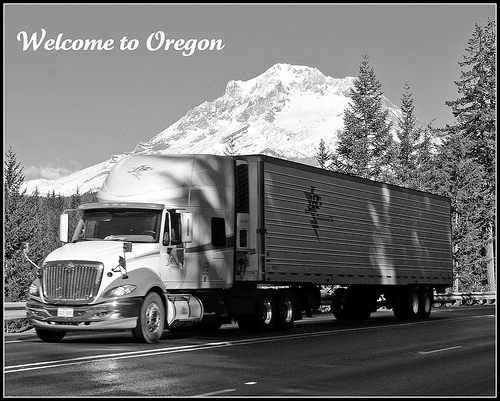
The Interstate Highway System has placed a maximum on weight and length for all commercial vehicles. Each state may add to the limitations set forth by the federal government. Adhere to weight, height and width limitations to preserve road integrity.
The federal maximum on weight is 20,000 pounds for a single axle unit, 34,000 pounds for a tandem (twin) axle unit, 80,000 pounds gross vehicle weight.
There is no overall federal limit on length within the Interstate Highway System. The exception of this rule is a tractor-trailer designed and used to haul automobiles or boats. These may not exceed 65 or 75 feet. The application is based on the connection between the tractor and the trailer.

Each state imposes its own length limitations. No state may impose a limitation of less than 48 feet in a tractor-trailer combination. The length of a set of double trailers (tractor-trailer-convertor dolly-trailer combination) may not have a limitation imposed of less than 28 feet.
Each state imposes its own width limitations. No state may impose a limitation of less than 102 inches wide. Safety devices, including mirrors and handholds, are not included in the calculation of the width.
There are no federal limits on vehicle commercial vehicle height. States impose limitations that range from 13 feet 6 inches to 14 feet 6 inches.

The purpose for bridge weights is to reduce the risk of damage to bridges. The formula requires more axles or a longer wheelbase in order to compensate for increased vehicle weight. The formula is based on the number of axles and the spacing between the axles in a tractor-trailer combination.